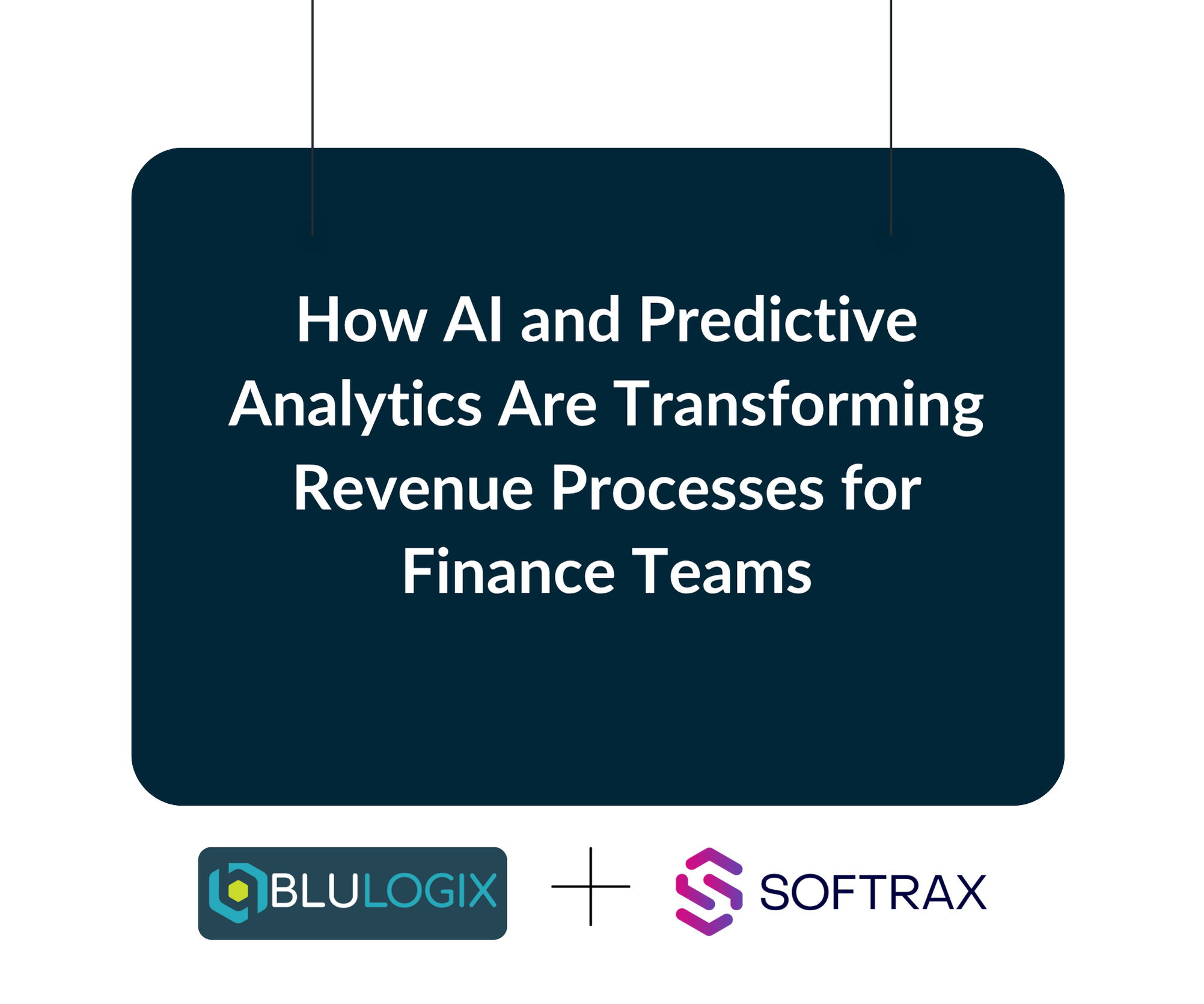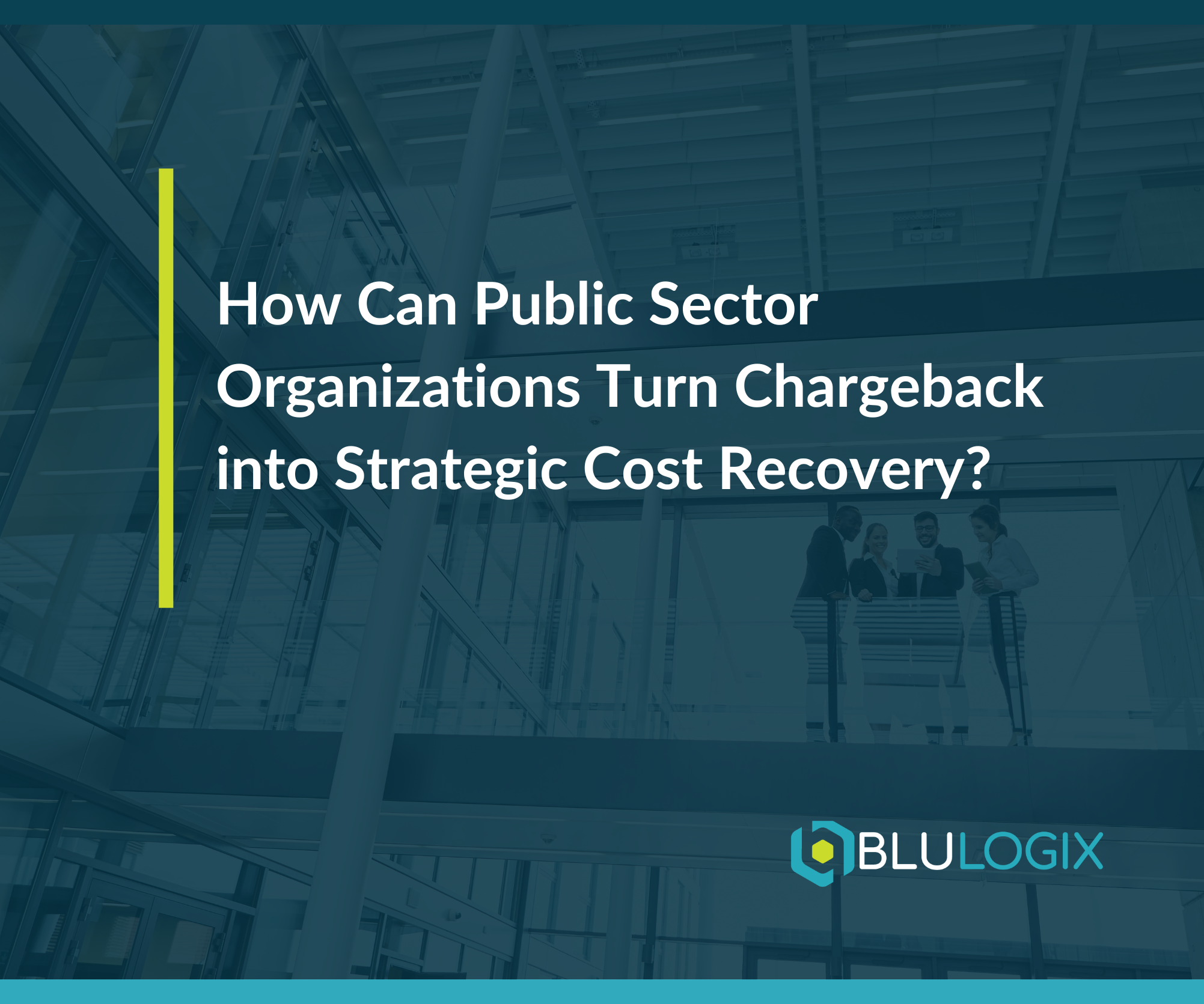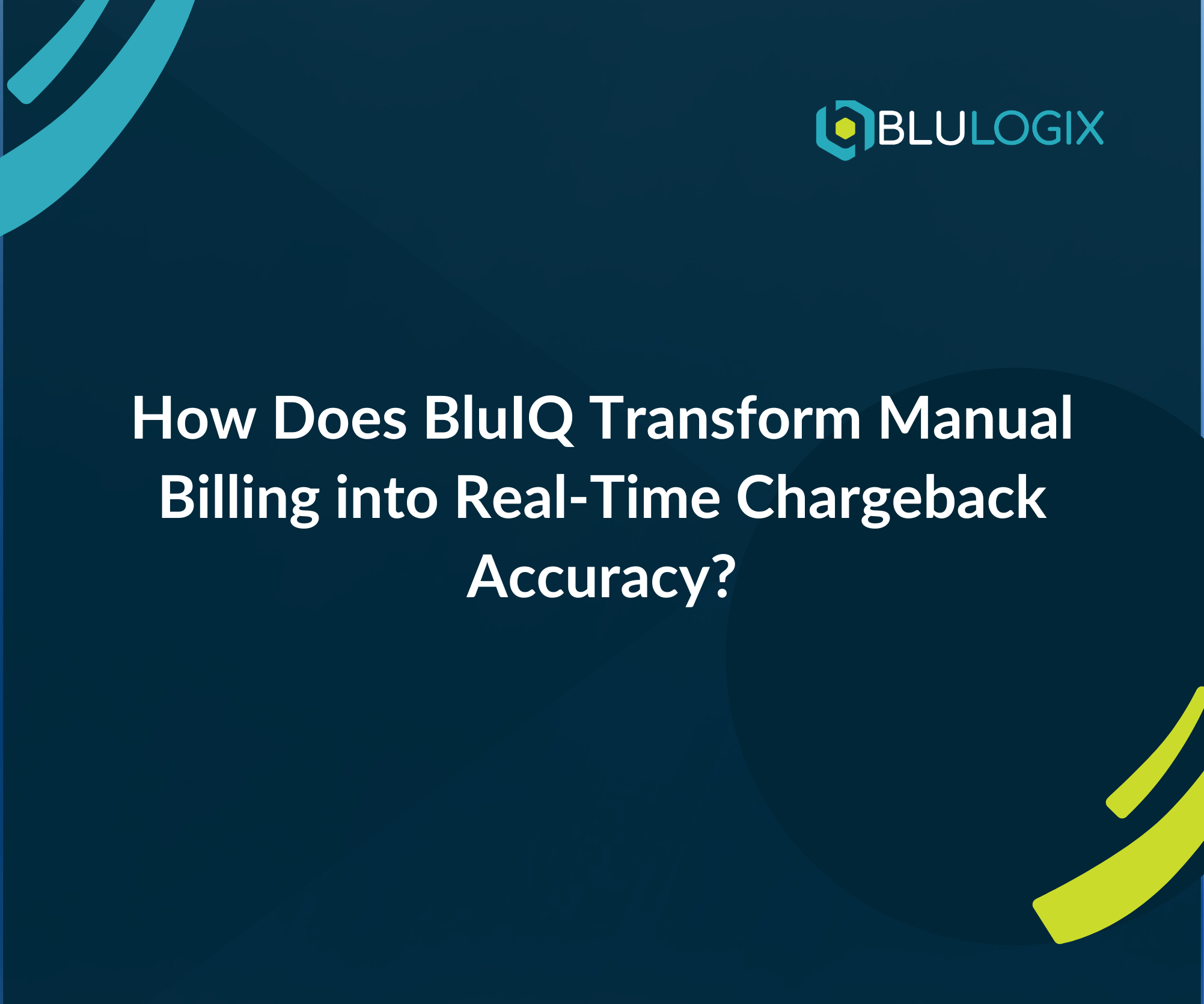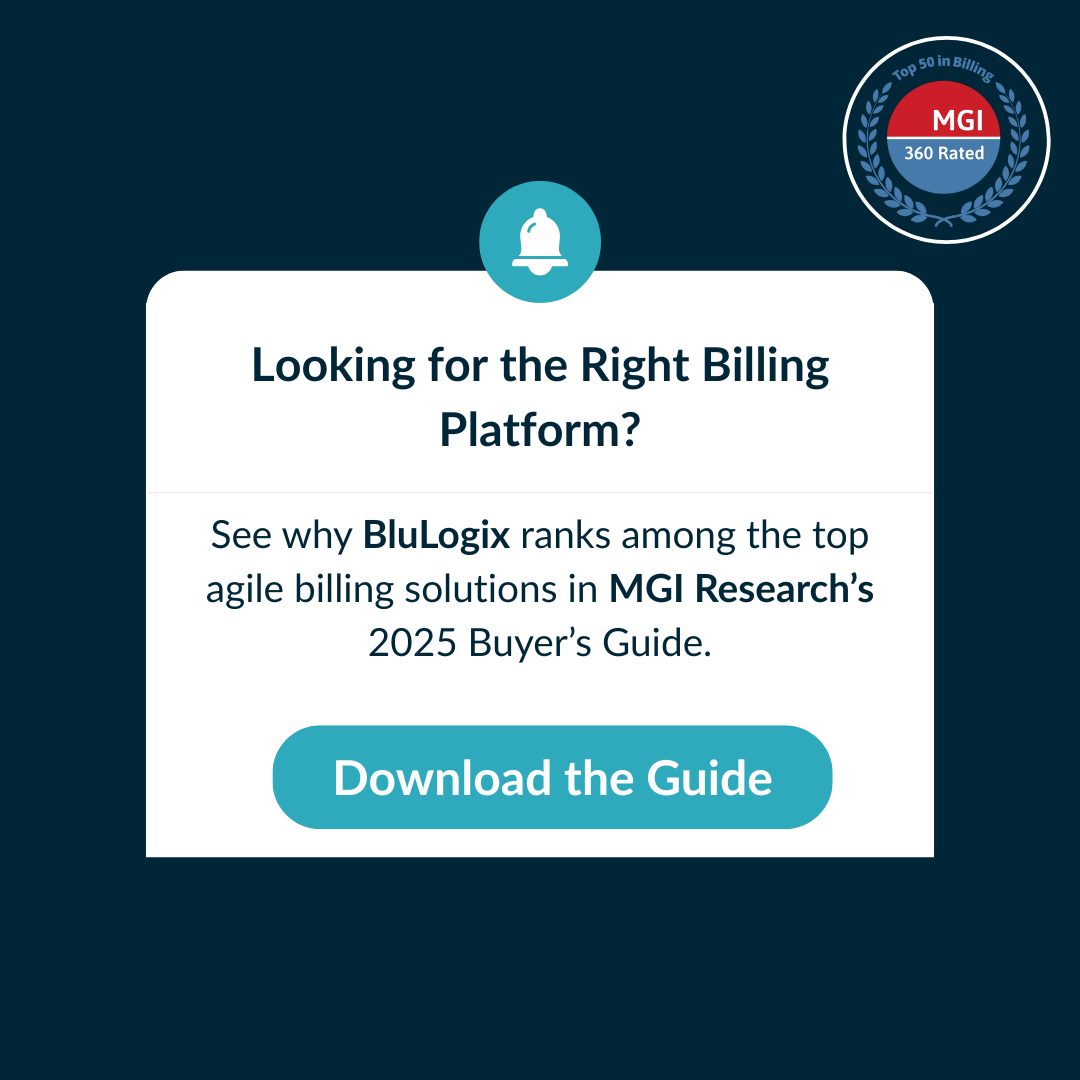Success Factors for Moving to a Subscription Billing Model
Subscription business models are becoming the standard in industries such as Software-as-a-Service, IoT, UCaaS, and cloud computing, to name a few. But this mass migration has claimed its victims. Companies that are not prepared for the transition tend to bite off more than they can chew, and as a result, they have struggled to find success. But with the proper game plan, any business looking to adapt to the subscription economy can prosper. Gradual migration is the most effective process for transforming a business into a subscription model.
See How BluIQ Makes Subscription Billing Easy
Setting a Solid Foundation
The first step in transitioning to a subscription model is to set a solid foundation to build upon. This means that a company should configure their offerings in a way that makes sense for subscription customers. For example, a business that designs and wholesales computer hardware in a B2B environment must re-evaluate their model. Instead of constructing sales and customer acquisition strategies around the idea of pulling a massive investment out of a prospect once, the business should think about strategies to maintain that client over prolonged periods with fixed interval payments.
For a company dealing in computer hardware, this means essentially leasing equipment to their customers rather than selling it to them. The customer benefits because leased equipment requires significantly less investment upfront, relieving the friction involved in such an agreement. On the business’s side of the deal, it results in regular and recurring revenue over a set period that can be counted on. It also allows the business to retain ownership of their products, so that if a relationship terminates, the business has the ability to offer the equipment to other customers or recycle parts and equipment for investment in new technologies.
This is just one example of how a computer hardware company might set the stage for a subscription transformation by exploring new customer relationship structures. It also conditions the customer to become familiar with not owning but effectively renting. In other industries such as Software-as-a-Service, we’ve seen a similar transformation. Do you remember purchasing software such as Microsoft Office for a lump sum price, only to have to make another purchase when the latest edition releases? Nowadays, many subscribe to the Microsoft Office suite at lower but more frequent pricing plans while receiving all of the benefits of upgrades and new technology.
Starting With Subscription & Recurring
Reconfiguring a business’s model to create a solid foundation for subscription is an important first step, but it’s just that: a first step. Next, the business needs to move forward by actually implementing subscription and recurring pricing for its customers. This is not yet a full-fledged transition into a completely new way of doing business, as would be the case if a company jumped head first into consumption or on-demand models. Rather, it’s a slow but significant migration from lump sum payments to offering the ability to subscribe to a product or service.
This offers customers a fresh way of purchasing the products they desire with less risk and without too much change practically speaking. But the greatest benefits will come to the business itself. In offering subscription plans to customers and delaying the full personalization involved in consumption or on-demand plans, a company can see where their business falls short within a new model and where it needs to add improvements to subscription offerings. This slow migration gives companies the ability to remain agile throughout the transition and keeps companies from becoming overwhelmed by challenges. Once their subscription model has been made efficient and encompassing according to customer needs, then the business can begin to think about consumption and on-demand offerings.
Adding Consumption & On-Demand
Once a company gets a grasp of the subscription model, they can then begin to expand the model to include consumption and on-demand offerings. The upside of consumption and on-demand models is the increased level of personalization they offer customers. No one wants to pay for products or services they do not use. Consumption and on-demand models provide customers the ability to pay only for what they need and use. On-demand models can be especially useful for B2B customers who operate in a cyclic or seasonal environment, relying on a service heavily at one point in the year and not at all in another.
Because of the level of personalization involved in consumption and on-demand models, provisioning and data staging & mediation can be complicated. This is why consumption and on-demand offerings should come only after a company has become comfortable with the subscription model. But with a solid understanding of subscription pricing, companies will have the insights necessary to build the infrastructure for consumption.
Advancing to Rule-Based Monetization
The final act in fully migrating to the subscription model is establishing a process for rule-based monetization. Rule-based monetization provides the highest level of personalization for customers. Rule-based monetization sets a framework to fully automate monetization according to precise usages. Ultimately, rule-based monetization offers businesses the ability to charge for very specific and complex scenarios while offering flexibility and tailored-services or products.
The reason rule-based monetization comes as the final step in transitioning to the subscription model is because it’s built upon everything that comes before. The foundation and relatively simple subscription model created in the initial steps, along with the increased personalization involved in consumption and on-demand, prepare a business for the challenges that come along with rule-based monetization. Rule-based monetization requires a heavy lift from operations in provisioning and data staging & mediation. Because of this, constructing an efficient infrastructure for tracking usage is critical.
Finding a Partner for Your Subscription Overhaul
A phased transition into a subscription model may seem onerous and complicated, especially in the face of continuing to run day-to-day operations. But with the right partner, a business can make the transition painlessly. A company who leverages a digital transformation expert to help with their migration will find that the partnership frees the company up to focus on what they do best while leaving the leg work to a firm well-versed in the subscription economy.
In our webinar, Change or Go Extinct – Managing Complexity and Change in Go-to-Market Strategy, we hit on the key points to focus on when embarking on your digital transformation journey. Check it out!
See How BluIQ Makes Subscription Billing Easy
At BluLogix, we’ve helped businesses across multiple industries make the transition to subscription, consumption, and usage-based models. We leverage over a decade worth of experience to make the process quick, efficient, and personalized. When relying on BluLogix, companies routinely find success in overhauling their monetization framework. If you are considering subscription or usage models, reach out to a BluLogix expert today for a free consultation.
Learn more

How AI and Predictive Analytics Are Transforming Revenue Processes for Finance Teams

How Can Public Sector Organizations Turn Chargeback into Strategic Cost Recovery?



